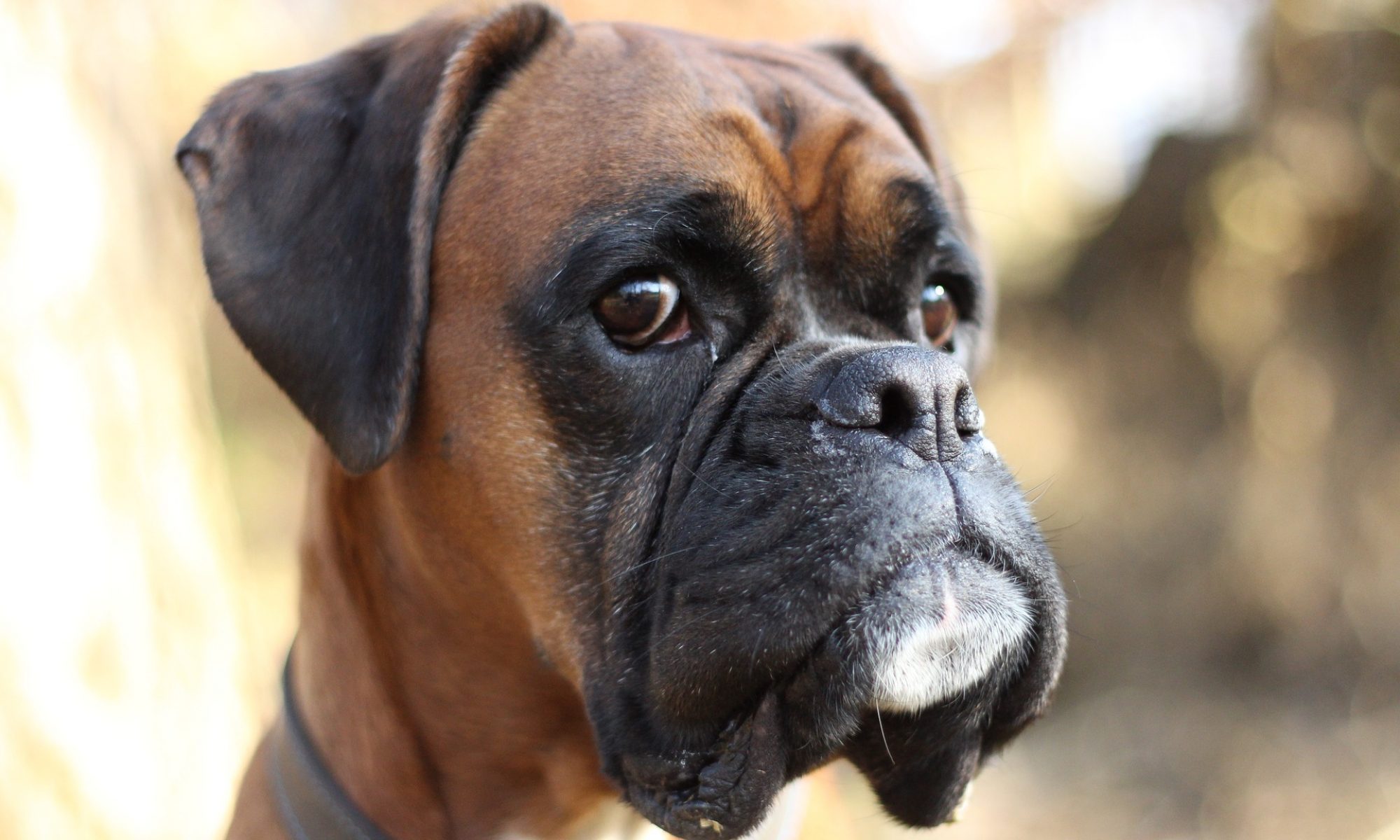Canine Hip Dysplasia.
Canine hip dysplasia affects the ball and socket joint of the hip. The head of the large bone in the dog’s leg doesn’t fit snugly into the hip socket. The problem is that the socket itself is not well developed, and it creates a lot of stress on the joint. The muscles don’t develop as quickly as the bone grows, and a situation is created where the weight the joint has to bear is greater than the capacity of the ligaments, tendons, and muscles around the joint. Thus joint instability develops. This in turn leads to a greater wear and tear than the joint would normally experience.
Larger breed dogs have a higher risk of developing hip dysplasia, due to the greater weight these joints will have to bear. But it’s important to realize that small dogs can be affected also. Large breed dogs at risk include rottweilers, german shephards, golden retrievers, dalmations, and blood hounds.
Symptoms of hip dysplasia include:
* walking with a limp
* a swaying gait
* bunny hopping when running
* difficulty in the back legs when getting up
* pain in the hip
* when the puppy is lying on its back, its back legs may not extend towards the front legs without pain

